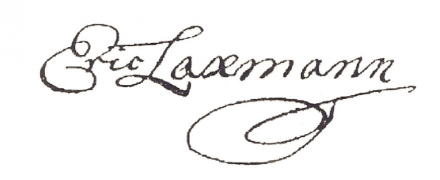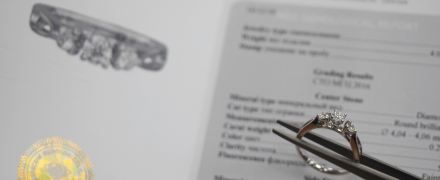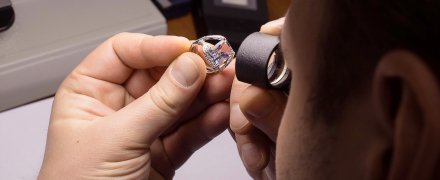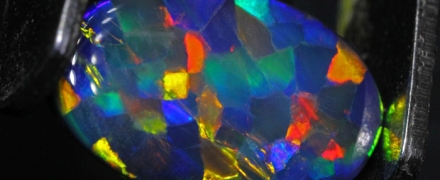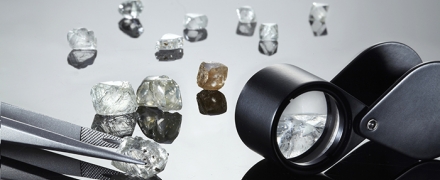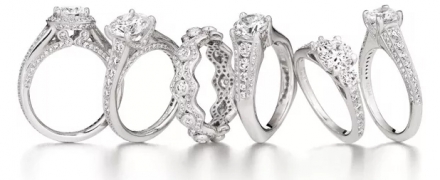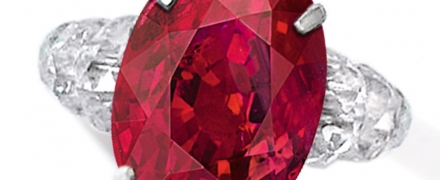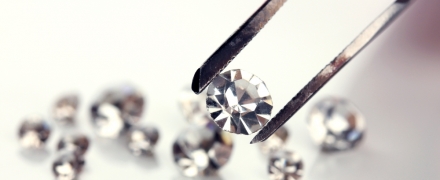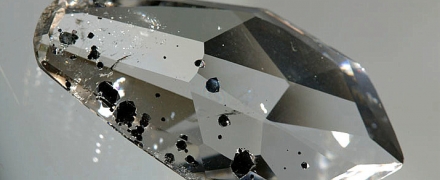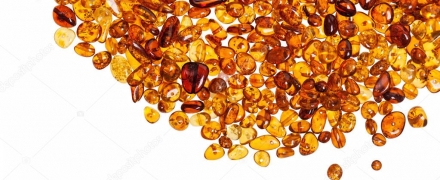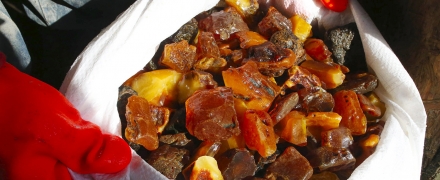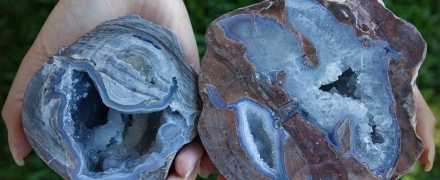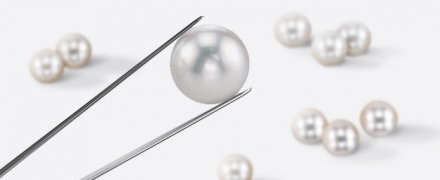open 10 am - 7 pm
laboratory is closed
Dianit in the classification of jewelry and ornamental stones
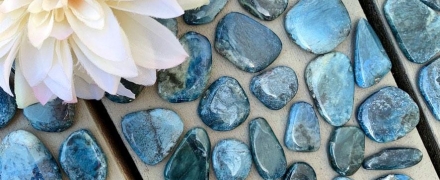
Recently, we were approached with a question about the possibility of classifying dianite as a jade. He surprised us somewhat, since the answer seemed obvious (a kind of jade), but after familiarizing ourselves with the actual material and the history of the development of this material, we decided to state our opinion in more detail. The stone, later called "dianite", macroscopically is a dense rock of cryptocrystalline structure, characterized by bluish-gray and blue colors. All researchers who have studied dianite note its "jade-likeness", and from 1986 to 1997 this stone was called "blue jade". Supporters of using exclusively the new name "dianite" emphasize that the name "blue jade" was preliminary, i.e. proposed before carrying out detailed mineralogical and petrographic studies. Consider the history of this jewelry and ornamental stone. In the 1970s, during the exploration work of the Charo-Tokinskaya GRE, a pebble of a dense blue-blue rock was found and described. Later, in 1983, Aleksey Andrianovich Konev (1928-2009) found bedrock outcrops of this rock in the right side of the Alexandrovsky stream, near the Kedrovy char (whose syenite stock, in fact, is associated with productive mineralization) in the vicinity of the village of Tarynakh (Yakutia). And in 1986, an application was submitted to the expedition "Vostokkvartssamotsvety" of the All-Union Industrial Association "Soyuzkvartssamotsvety" of the USSR Ministry of Geosciences for a new jewelry and ornamental material, called "blue jade". The composition of the rock is determined by potassium richterite, namely its magnesian-strontium and magnesian varieties, and in a smaller amount by arfvedsonite, carbonates, potassium feldspar and others are also present in small quantities. The best jewelry and ornamental varieties are represented by almost monomineral potassium richterite. In 1995-1996, Alexei Andrianovich Konev and Evgeny Ivanovich Vorobyov (1939-2005) carried out mineralogical and petrographic studies of this new jewelry and ornamental material, which revealed new varieties of potassium richterite in the composition of the rock, which are its main rock-forming minerals. In 1995, a trial extraction of dianite was carried out with the manufacture of products from it in an experimental production, which showed high manufacturability and demand for a new jewelry and ornamental material on the market. And since in 1997 there was a tragedy that claimed the life of the English Princess Diana, popular in Europe, then, as a marketing ploy, it was decided to name a new variety of jade, which differs in mineral composition from the classical varieties - dianite, which should have contributed to the success of the new material on the market. However, the difficulties of logistics and the difficult economic and political situation in the country did not allow to establish a full-fledged mining of dianite in the period of the late 1990s and early 2000s. In order to account for mineral reserves at present, the explanatory note to the State Balance of the Russian Federation gives the following wording of the concept of "nephrite" as an ornamental stone: "dense, viscous, cryptocrystalline tangled fibrous aggregate of monoclinic amphibole." Thus, for the purpose of accounting for mineral reserves (and, accordingly, production), dianite is defined as a type of jade.



